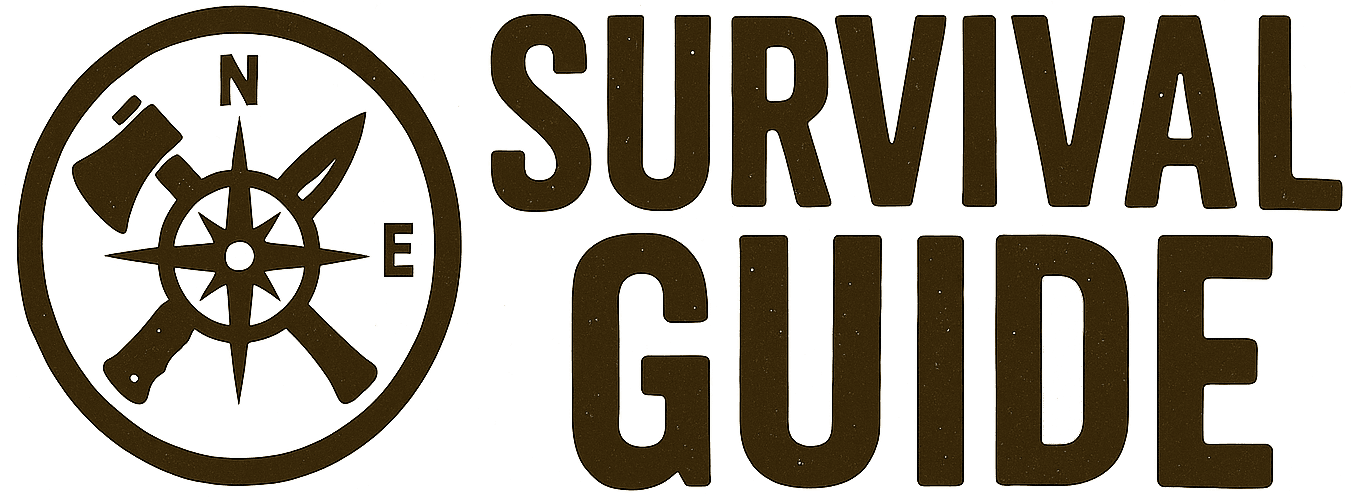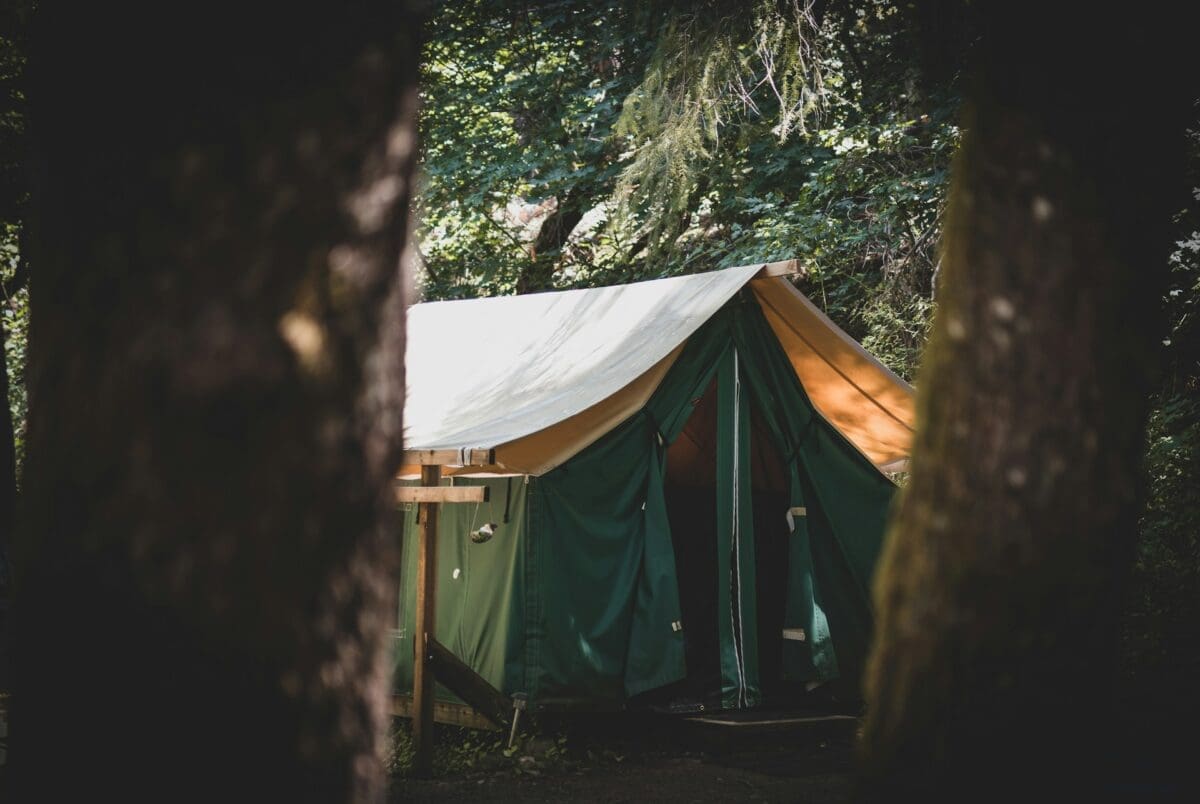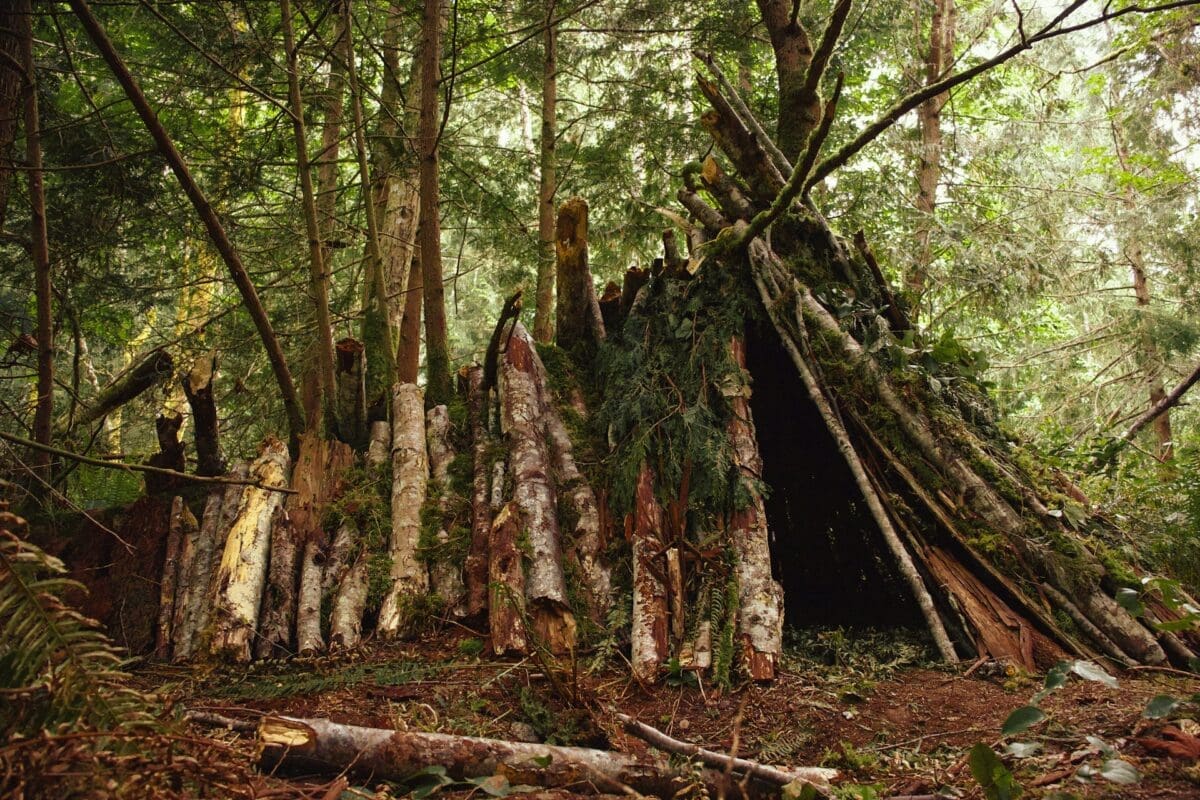When the grid flickers and society starts to crumble, four walls and a roof won’t be enough. You’ll need a place that doesn’t rely on outside power, city water, or fragile supply chains—a true off-grid cabin.
This isn’t about rustic holidays. It’s about building or securing a retreat where you can stay fed, warm, and safe while the rest of the world unravels.
Why Off-Grid Cabins Are Survival Essentials
- Independence from fragile systems – no grid, no bills, no dependence on collapsing infrastructure.
- Security – remote cabins can be fortified and kept off most people’s radar.
- Sustainability – harvest your own water, power, and food.
- Resilience – survive months or years, not just days, when the chaos drags on.
Building or Choosing an Off-Grid Cabin
1. Location Comes First
- Remote, but reachable – far from cities and highways but close enough for regular access.
- Near natural resources – fresh water, timber, and wild food sources.
- Avoid flood zones and wildfire paths.
2. Power Options
- Solar Panels & Battery Banks – silent, renewable, reliable in most climates.
- Wood Gasifiers or Small Generators – backups for long, dark winters.
- Keep a manual power option (wind or hand-crank) for redundancy.
3. Water Systems
- Rainwater catchment with filtration is a must.
- Hand-dug wells or natural springs provide a permanent supply.
- Always have gravity-fed backup in case pumps fail.
4. Heating & Cooking
- Wood stoves for heat and cooking (fuel is abundant if you’re near timber).
- Rocket stoves or solar cookers as secondary systems.
5. Security Measures
- Reinforced doors and shutters.
- Motion-detecting solar lights.
- Concealed food and supply caches in case of raids.
- Ideally, a natural barrier (steep terrain, dense forest) adds protection.
Essential Features Every Off-Grid Cabin Must Have
- Insulation for all-season use
- Reliable off-grid power and water
- Multi-fuel heating and cooking
- Food storage (root cellar or pantry)
- Tools for repair and resource gathering
- Defensive measures (physical and strategic)
Quick Checklist: Prepping Your Off-Grid Cabin
- Solar, generator, and manual power backup
- Water catchment and filtration system
- Stocked pantry with preserved food
- Wood stove with ample fuel reserves
- Reinforced doors, shutters, and escape routes
- Medical supplies and tools for self-reliance
Final Word
An off-grid cabin isn’t just a retreat—it’s your last line of defence when supply chains, cities, and the power grid fail. Build it, secure it, and stock it before you need it. Once the lights go out for good, only the prepared will last.



